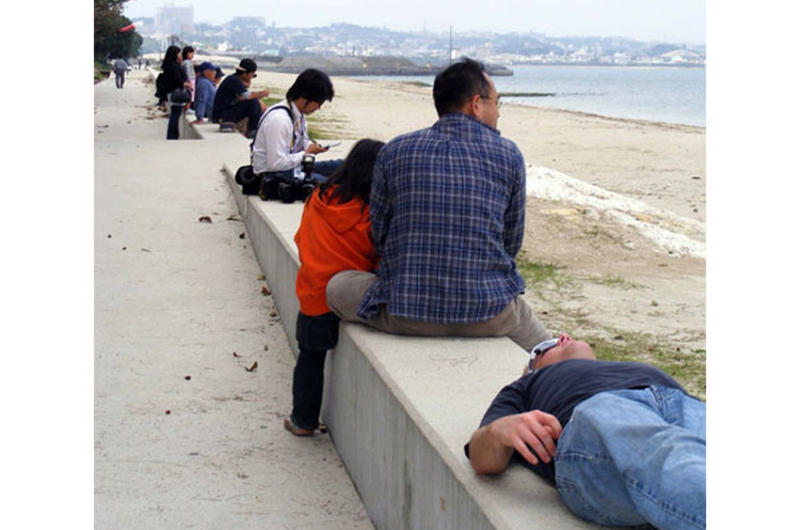Evacuations ordered at Misawa, Okinawa bases amid tsunami fears

U.S. military commanders on Okinawa ordered a limited evacuation of coastal areas for all DOD personnel shortly after 1 p.m. Sunday, and Japanese officials ordered the evacuation of more than 4,000 people living along the coastline near Misawa Air Base in mainland Japan.
By T. D. Flack and David Allen | Stars and Stripes February 27, 2010
MISAWA AIR BASE, Japan — U.S. military commanders on Okinawa ordered a limited evacuation of coastal areas for all DOD personnel shortly after 1 p.m. Sunday, and Japanese officials ordered the evacuation of more than 4,000 people living along the coastline near Misawa Air Base in mainland Japan.
Base officials at Misawa broadcast warnings to American community members early Sunday afternoon, advising that anyone living east of Route 338 were ordered to evacuate.
“Leave that area immediately,” read a crawler on the American Forces Network television channel.
On Okinawa a wave up to six feet in height was expected to hit Okinawa around 3:10 p.m. and could affect the entire island, not just the Pacific side, a news release from Kadena Air Base announced.
All personnel living in areas less than 30 feet above sea level, which includes portions of Camps Lester, Foster, Courtney and Schwab as well as Torii Station, were ordered to evacuate to higher ground by 2 p.m. All personnel were ordered to stay away from shore areas. Residents of housing towers in the red zone, areas below 30 feet, could remain in their homes if they lived above the third floor. Personnel were advised they could start returning to their residences after 5 p.m., unless the tsunami warning is extended or cancelled. Residents were advised to stay tuned to AFN television and www.kadena.af.mil for updates.
At Misawa, where waves of up to 10 feet were expected, spokeswoman Air Force Tech. Sgt. Rachel Martinez said there are eight homes registered to Americans in the evacuation area, but officials weren’t sure if they were occupied. She said efforts were underway to determine if any American families were in those rental units.
She said that along with the public announcement system, Japanese firefighters and community neighborhood officials were going door to door to get the word out to local residents.
Misawa city officials said more than 1,625 families were ordered to evacuate beginning at 11:30 a.m. The order didn’t affect the base, which sits about two miles from the coast.
The evacuation order was broadcast over loudspeakers in both Japanese and English, city officials said.
In nearby Hachinohe — just south of Misawa — more than 30,000 people were ordered to evacuate, according to Japanese officials.
Early Sunday, military officials at Misawa and on Okinawa began broadcasting warnings to their communities via AFN television and radio stations and on their Web sites.
Col. David Stilwell, commander of the 35th Fighter Wing at Misawa, ordered a base-wide telephone recall, warning personnel to avoid the coastal area.
According to the warning, the tsunami was expected to hit the coast near Misawa at about 1:30 p.m.
Navy officials at Yokosuka Naval Base and Sasebo Naval Base in mainland Japan said they were taking no precautionary action as of noon Sunday.
Seventh Fleet officials could not be reached for comment early Sunday.
Tsunamis a constant threat for Japan
The Japanese coined the word tsunami, which means “harbor wave.” Tsunamis most commonly are triggered by undersea earthquakes. Over the centuries, these giant waves have devastated the island nation, claiming at least 66,000 lives since 684 A.D., according to the Associated Press.
One of the country’s deadliest tsunamis struck the main island of Honshu in 1896, killing an estimated 27,000. The wave struck while many coastal residents were in the streets celebrating a holiday.
Misawa last was hit by a deadly tsunami in 1933, when 27 people were killed or went missing and 49 people were injured, according toMisawa city officials. Thirty-eight houses were washed away and 10 were partially destroyed.
— From staff reports



